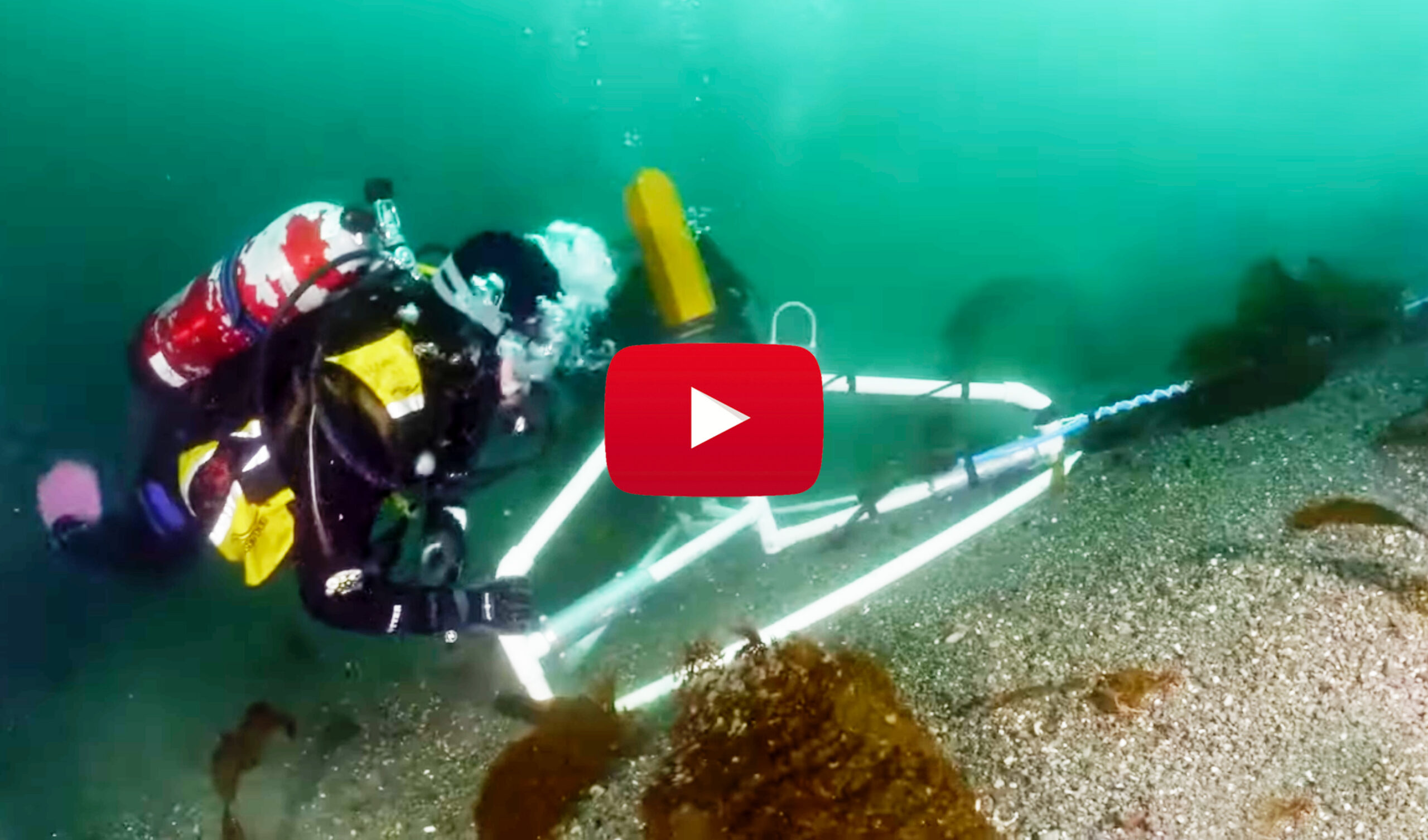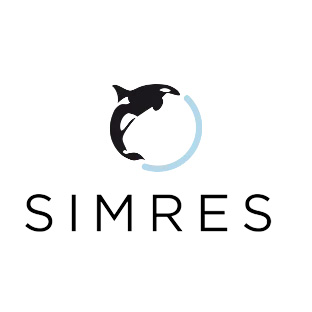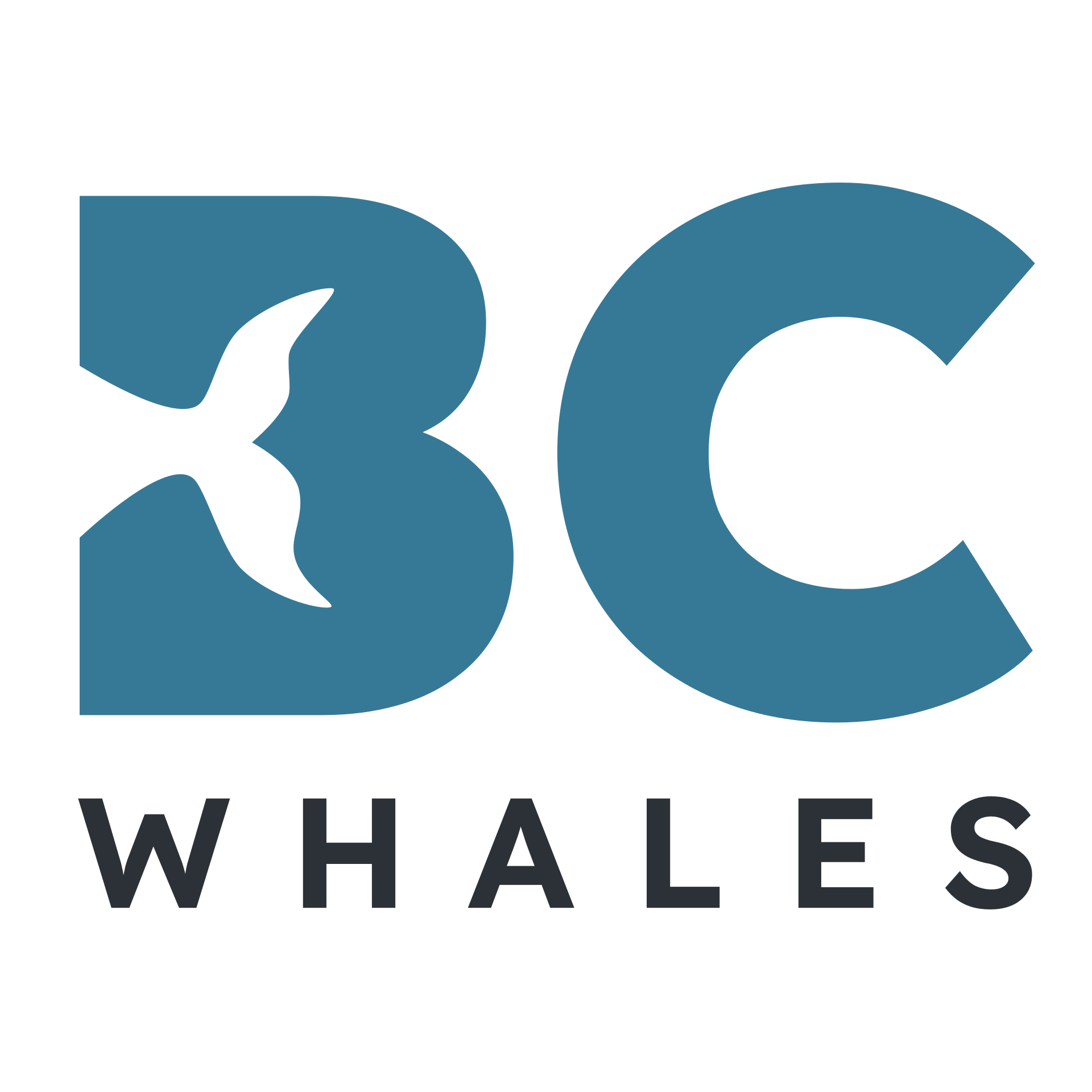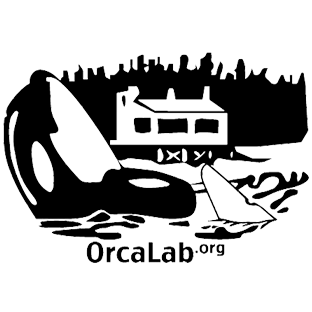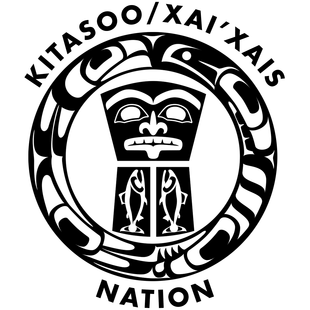How We Listen

Selecting a Location

The choice of hydrophone sites is a complex assessment of land topography, seafloor bathymentry, acoustic propagation, proximity to known habitats used, power options, line of sight radio data transmission, and site accessibility by boat or road. Examples or trade-offs to consider include:
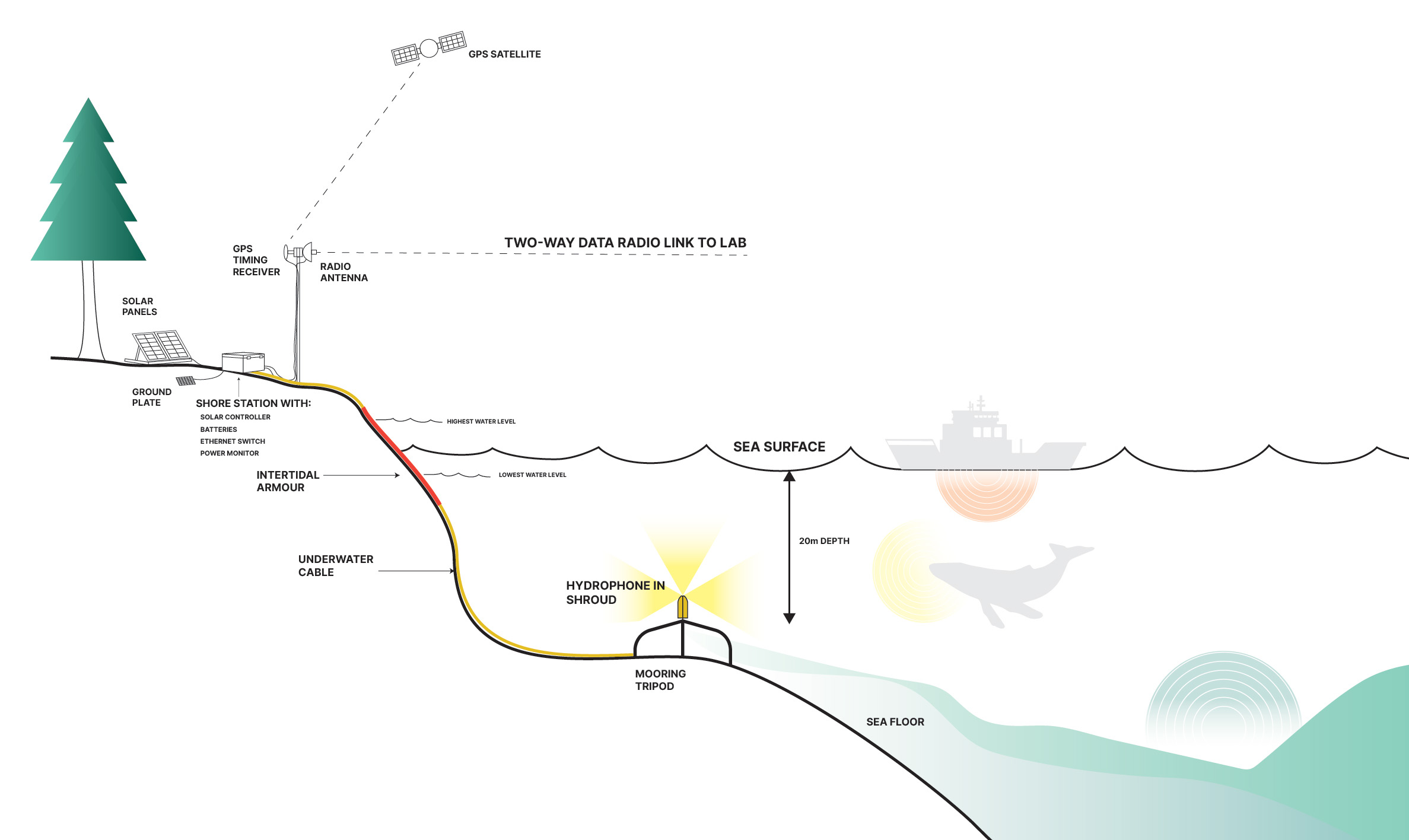
Other Considerations

The systems must be designed to suit the location, be transportable by small boat, survive bashing logs driven by winter storms, abrasion by waves on rocks and animal chewing. Once designed, the systems must be fabricated, assembled and tested. This includes using underwater data and power cables, solar/battery or AC mains power systems, radio data transmission components, data logging and display systems and of course, the hydrophones and their mooring. In short, these are highly complex and difficult to install systems, but the payback in terms of insight into the acoustic world of the whales is well worth the effort.
GPS timing modules are added to each site. The purpose is to synchronize the data collection and time stamping. This corrects the real-time clock drift in the hydrophones which can be minutes per month. Accurate timing for all hydrophones is required if the hydrophone data is to be used to localize and track calling whales or to synchronize vessel noise measurements with AIS data.
Once a hydrophone is deployed, a cable links the hydrophone(s) on the mooring to the shore, providing communications and power. Seawater grounds are often installed in these systems to provide adequate grounding for electronics protection and removing electrical noise from the system. Cable armour is required at many sites in the intertidal zone due to the intensity of waves, wind and debris that can be pushed on to the rocky shores.
Partnerships & System Requirements

Each partner in the BC Hydrophone Network has unique system characteristics requiring modifications or additions to the remote cabled to shore hydrophone system (remote hydrophone system). However, key elements of each off-grid remote site are south-oriented solar panels (where possible) connected to one or more solar controllers used to monitor the power coming into the batteries and the load going out from the batteries.
These stations are setup to provide a nominal 24 Volts DC power to the hydrophone and other electronics inside the secured, weather-proof case where the electronics and batteries are stored. A network radio link is necessary to connect the remote station back to the main shore station where the computers are running the drivers to collect the data from the hydrophones and store the data on high reliability 40 TB hard drives.
Each remote site with a radio link will have a network switch connected to the solar controller to monitor power usage and power provided by the solar panels. This helps to improve the power requirements of the site to avoid down times during the winter or periods of rain. The hydrophone also communicates through this switch and must be connected from the hydrophone on its mooring via the underwater polyurethane cable to the switch to stream data to the main shore station where the computers and hard drives reside.
As we gain a greater understanding of the impacts of underwater anthropogenic noise on marine life, this hydrophone network will shape and serve society’s economic and ecological goals of protecting the ocean environment. The Network also exemplifies our ability to work together to accomplish critical environmental goals, demonstrating the importance of teamwork in the pursuit of long-lasting positive change.

